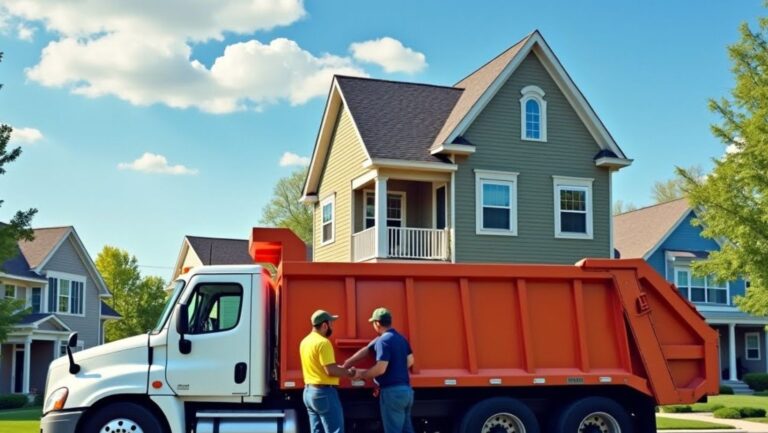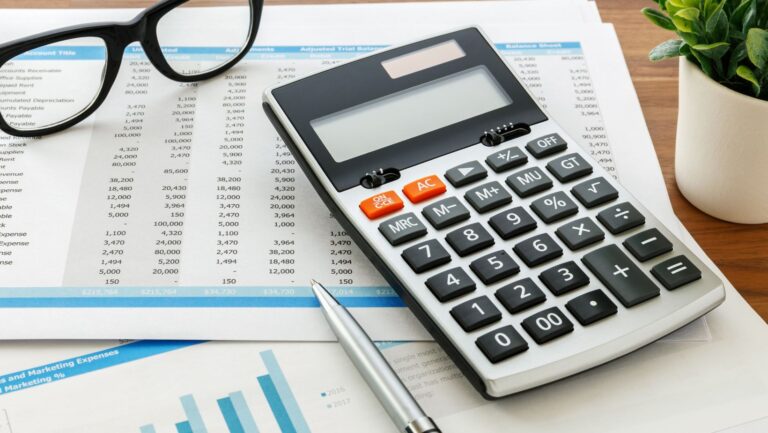Buying a house is like crossing a finish line. You now have a home of your own when the mortgage is approved and the keys are given to you. During the champagne celebration, nobody discloses that the finish line was actually the starting line for an entirely separate race. Homeownership comes with a large list of expenses that are not included in mortgage calculators. These charges mount up quickly and never stop coming. The monthly payment is only the beginning.
1. Property Taxes That Climb Every Year
Property taxes are included in the monthly mortgage payment, but realtors often overlook the fact that these taxes are subject to regular increases. Local governments review property values and change tax rates. In a matter of years, a house that was bought with low tax obligations could increase significantly in value. In order to fund infrastructure, schools, and other services, some communities aggressively raise property taxes. These hikes are beyond the control of homeowners. Property tax experts can help appeal assessments that seem unfair, but the overall trend points in one direction. Up. Budget planning needs to account for taxes being higher five years from now than they are today.
2. Maintenance That Never Ends
Renters contact the landlord when something breaks. Homeowners become landlords, which means they are responsible for solving and paying for any problems that arise. Water heaters fail. Roofs create leaks. HVAC systems fail during the most inclement weather. Appliances perish without warning. The basic norm is to set aside at least one percent of the home’s worth annually for maintenance and repairs. This adds up to several thousand dollars per year for a modest home. Some years, nothing major breaks, and the money remains unused. In previous years, numerous costly crises struck at once, wiping out savings. The costs eventually average out, but they are persistent and inevitable.
3. Insurance That Keeps Rising
Homeowners insurance isn’t optional. Mortgage lenders require it, and going without coverage would be financially suicidal anyway. But insurance premiums don’t stay fixed. They climb steadily, sometimes jumping dramatically after major storms or disasters affect the region. Flood insurance, earthquake coverage, and other specialized policies add extra layers of cost depending on location. What seemed like reasonable insurance expenses at purchase can double within a decade. Insurance companies adjust their risk models constantly, and homeowners pay the price for those adjustments, whether their specific property has ever had a claim or not.
4. The Hidden Costs of Simply Living There
Utilities cost more in a house than in an apartment. There’s more space to heat and cool. Yards need water during dry months. Bigger spaces mean higher electric bills. Trash collection, water, sewer, these services all come with monthly charges that add up. Then there’s the stuff nobody thinks about until they own a home. Lawn equipment, gardening tools, snow removal supplies, and cleaning supplies for much larger spaces. Looking at property for sale always focuses on the sticker price and the monthly payment. Nobody mentions the dozens of smaller recurring costs that chip away at budgets month after month.
Conclusion: Understanding the Real Investment
Realtors highlight the desire to own since it is what sells homes. Monthly payments appear to be manageable when compared to rent. Building equity looks to be a more reasonable alternative than paying a landlord. These arguments are legitimate, but they fail to consider the larger financial picture. Property taxes, insurance, upkeep, utilities, and a myriad of other little expenses can add up to amounts that new homeowners who did not plan for them may be surprised by. Nothing in this suggests that owning a home is a bad decision. It simply means going in with reasonable expectations.




